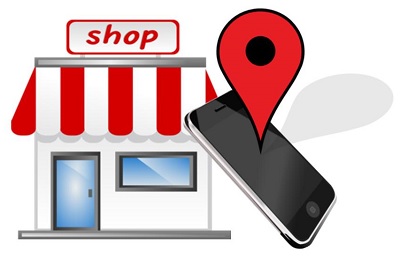This latest version of the device is lighter, more compact, and produces twice the number of prints.
LG has now developed a new version of its mobile printer, the Pocket Photo 2.0, that is being applauded a s a considerable improvement over the design and capabilities of its predecessor.
This device has improved on several different levels over the one that came before it.
The Pocket Photo 2.0 mobile printer is lighter than the first one, is more compact, which makes it easier to carry around, but it will also print twice the number of photos that its predecessor was capable of producing. For every charge, this little machine is capable of printing thirty prints. Furthermore, the developers have been able to shave a half hour off its charge time.
The mobile printer may be an LG device, but it is compatible with several operating systems.
The LG Pocket Photo 2.0 is compatible with Android, iOS, and Microsoft Windows, and can produce wireless printing through near field communication (NFC technology) and even through Bluetooth connectivity. The older version of this device was capable of supporting only NFC for Android smartphones, which had considerably limited its compatibility.
The printouts produced by this product feature a resolution of 313 dpi, and they measure 51 by 76 millimeters. It is now accompanied by an enhanced companion app that comes with a brand new set of features, including new filter effects and an option for augmenting frames. This model uses Zink printing technology, and its design has eliminated the need to have to replace ink, which is a very costly part of many printing devices.
This mobile printer is already available on retail shelves in China and will work its way around the rest of the world throughout this year. It is expected that the Pocket Photo 2.0 will also be showcased in Las Vegas at the CES 2014, which will run from January 7 through to January 10. Its increased compatibility with smartphones and other devices, as well as its more practical features could make it a considerable hit and will be certain to draw a lot of attention.
This technology is being seen as one of the most promising trends that will be seen in 2014.
According to experts from many different reputable publications, geolocation based marketing has become one of the most promising trends that will be available to local businesses this year.
The technology is being called one of the biggest possibilities for businesses to boost revenues.
By using geolocation based marketing, businesses have the chance to increase their revenue by encouraging a growing number of people to actually step inside the doors of their stores. This form of advertising and promotions can provide shoppers with targeted messages based on specific locations. Their mobile devices, such as their smartphones provide the preferences and locations of the device users so that a store will be able to properly communicate with them in a timely and relevant way.
There are many different ways in which businesses could potentially benefit from geolocation based marketing.
 There are many different ways in which this technology can be used, including everything from location and checking services such as Foursquare and Yelp, but also through device tech such as near field communication (NFC). Beyond that close proximity tech that allows for information exchange in close proximity, there is also Bluetooth and GPS that can be used for geo-fencing that can automatically locate the consumer and send him or her a message when they have walked within a specific predefined zone.
There are many different ways in which this technology can be used, including everything from location and checking services such as Foursquare and Yelp, but also through device tech such as near field communication (NFC). Beyond that close proximity tech that allows for information exchange in close proximity, there is also Bluetooth and GPS that can be used for geo-fencing that can automatically locate the consumer and send him or her a message when they have walked within a specific predefined zone.
This type of advertising has already been used by a number of companies. Perhaps one of the most famous uses of the tech to communicate with customers is from Subway. They have already successfully launched a “You are here” campaign. This allowed users in close proximity to one of the restaurants to be prompted to opt in. When they did, they received MMS messages that gave them the opportunity to take advantage of special discounts as they walked by one of the restaurants.
The Domino’s pizza chain has also used geolocation based marketing to be able to better their customer loyalty and to help to encourage repeat sales from among their existing customer base.

 There are many different ways in which this technology can be used, including everything from
There are many different ways in which this technology can be used, including everything from 